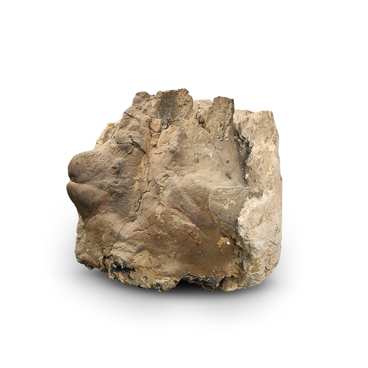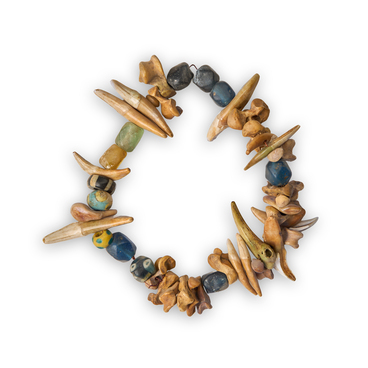The collection of the Belgorod State Historical and Local History Museum features a pithos of the Saltovo-Mayaki culture, found at the Dmitrievskoye settlement in the Shebekino urban district of the Belgorod region during an archaeological expedition by the Institute of Archaeology of the USSR Academy of Sciences, led by the Doctor of Historical Sciences, Professor, and archaeologist Svetlana Alexandrovna Pletneva.
Pithoi are jar-shaped vessels with a relatively narrow neck, steep shoulders, which constitute the vessel’s widest part, and a small bottom.
Pithoi were used to store bulk and liquid products (olive oil, wine, grain). Pithoi were widespread in the Mediterranean, Black Sea region, Central Asia, Khazar sites in the North Caucasus, and the Lower Don and Podonye regions.
The clay from which the pithoi were made was dense, consisting of chamotte and fine sifted river sand. Making pithoi required special skills from the potter. This pithos was made on a potter’s wheel. It is a large ceramic vessel in the shape of an egg, with a flat bottom allowing it to stand. The pithos has two handles and a smooth and polished surface without decorations. The rim of the pithos has been restored.
According to the classification, pithoi are divided into two types based on their size and capacity. The first type includes small pithoi with a volume of up to 10 liters. Outwardly, they resemble korchagas (clay pots) of an elegant shape. Massive handles are attached to the sides at the widest part of the vessel. The pithos kept in the museum belongs to this first type.
Pithoi of the second type are large vessels, similar in shape to smaller pithoi. The capacity of these pithoi can range from 20 to 100 liters. Large pithoi are rarely and unevenly found in settlements. They have not yet been found in the upper reaches of the Seversky Donets and in any type of nomadic camps. The production of large vessels was a laborious process, and they were made to order. Their manufacture required not only great skill, but also huge firing kilns.
Svetlana Alexandrovna Pletneva noted that
orange-fired vessels are typical for cities, while gray-black fired vessels are
typical for the outskirts of the Khazar Khaganate. In her opinion, they share
one common feature — a burnished surface.



